#1898 - 1900
Text

José Maria Veloso Salgado (Spanish, 1864-1945)
Vasco da Gama before the Samorim of Calicut, 1898
Sociedade de Geografia de Lisboa
#José Maria Veloso Salgado#spanish art#1800s#1900s#fine art#art#european art#classical art#europe#european#fine arts#oil painting#europa#mediterranean#vasco da gama#vasco da gama before the samorim of calicut#1898#explorer#portuguese#western civilization
81 notes
·
View notes
Text

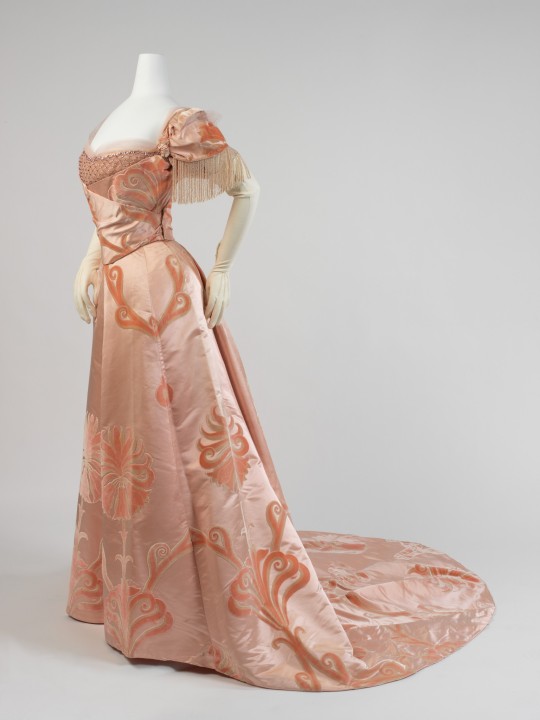
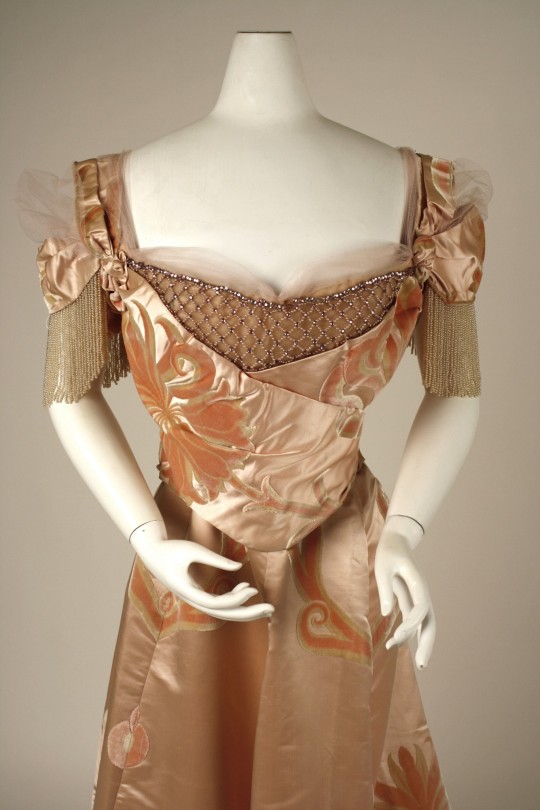
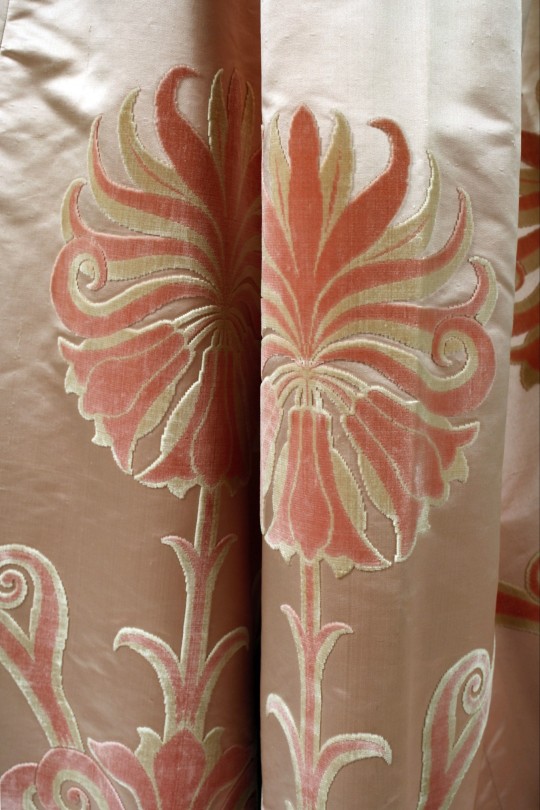
• Evening dress.
Design House: House of Worth (French, 1858–1956); Designer: Jean-Philippe Worth (French, 1856–1926)
Date: 1898–1900
Medium: Silk, glass
#fashion history#history of fashion#dress#fashion#19th century fashion#19th century#19th century dress#evening dress#house of worth#Jean-Philippe Worth#1898#1900
841 notes
·
View notes
Photo

René Lalique
pendant
ca. 1898-1900
139 notes
·
View notes
Text
I'm going through the complete text of Dracula to try and determine what year it takes place based on the days of the week mentioned by the characters.
The novel can be set no earlier than 1888, as that was the year the Kodak camera Jonathan uses was invented, though the Eastman Kodak company wasn't formally organized until May 1892, so we're really looking at 1893 as the lower bound.
Arthur and Quincey go home after Lucy's funeral on 22 September, and on the 26 September Dr. Seward receives a letter from them dated Sunday, which must have fallen on 23, 24, or 25.
Sunday, 23 September, 1888 [this year is too early]
Sunday, 25 September, 1892 [too early]
Sunday, 24 September, 1893
Sunday, 23 September, 1894
Sunday, 25 September, 1898
Sunday, 24 September, 1899
Sunday, 23 September, 1900
Note: the novel was published in 1897, but all we know is that it takes place in the 19th century (Jonathan says so on 15 May, Seward on 26 September, and Van Helsing on 30 September), so 1898, 1899, and 1900 are not necessarily disqualified. This gives us upper and lower bounds of 1888 - 1900, or more likely 1893 - 1900
Spoiler for events that haven't been emailed yet: on 2 November, Jonathan writes in his journal that Mina and Van Helsing should have arrived in Veresti around noon on Wednesday. A few pages later, Mina's own journal says they arrived at Veresti noon on 31 October.
Wednesday, 31 October, 1888 [too early]
Wednesday, 31 October, 1894
Wednesday, 31 October, 1900
Lucy's very first letter to Mina is not dated, but is said to have been written on a Wednesday. Dracula Daily emailed it on 11 May, but only because that happened to be a Wednesday in 2022. Mina's previous letter to Lucy was dated 9 May, and subsequent letters between the group tend to be delivered very quickly, so let's look for Wednesdays that were less than, say, four days after 9 May
Wednesday, 13 May, 1891 [too early]
Wednesday, 11 May, 1892 [too early]
Wednesday, 10 May, 1893
Wednesday, 13 May, 1896
Wednesday, 12 May, 1897
Wednesday, 11 May, 1898
Wednesday, 10 May, 1899
On 25 September, Mina tells Van Helsing that Jonathan nearly fainted last Thursday when he saw a man that looked like a young Count Dracula. She recorded this episode in her diary three days prior.
Thursday, 22 September, 1892 [too early]
Thursday, 22 September, 1898
A newspaper clipping dated 8 August says that the big storm that hit Whitby came out of nowhere, and that Saturday evening had been as calm as any other. On 6 August, Mina wrote that the day was gray and fishermen were warning people that a storm was brewing. If Saturday evening was calm, but Mina reported gray skies on the 6th, then either she wrote about it late on Saturday after the storm started rolling in, or sometime on Sunday, meaning Saturday is either 5 or 6 August.
Saturday, 6 August, 1892 [too early]
Saturday, 5 August, 1893
Saturday, 6 August, 1898
Saturday, 5 August, 1899
Those are all the days of the week mentioned in the book, so now let's account for the phases of the Moon. Mina says it was full at 3am on 11 August. Full moons rise at sunset, so it would have risen on the 10th. Looking at a phase calendar, let's say a reasonable person in the 1890s would say it looks full for 2 days before or 2 days after the actual full moon (3 days, and you start to notice it waxing and waning). When did the full moon fall between 10 and 13 August?
Saturday, 10 August, 1889 (looks full from 8 - 12) [too early]
Monday, 8 August, 1892 (looks full 6 - 10) [too early]
Thursday, 12 August, 1897 (looks full 10 - 14)
Friday, 10 August, 1900 (looks full 8 - 12)
Dr. Seward says that there was "full moonlight" on 20 September, the night Lucy died. That's more than a month after Mina's full moon, but Seward didn't actually go outside to check, he just noticed the moonlight through the window, so let's give him some more wiggle room and say that the moonlight could appear bright enough to be mistaken for full up to 4 days before and after the actual full moon; it's about one week between the quarter and full phases, and nobody could mistake a quarter moon's light for being full, but I guess you could make that mistake for a gibbous moon if you don't see it directly. When did the full moon fall between 16 and 24 September?
Thursday, 20 September, 1888 (seems full 16 - 24) [too early]
Friday, 18 September, 1891 ("full" 14 - 22) [too early]
Monday, 25 September, 1893 ("full" 21 - 29; kind of a stretch)
Monday, 21 September, 1896 ("full" 17 - 25)
Tuesday, 19 September, 1899 ("full" 15 - 23)
Let's tally up all the data
1888: 3
1889: 1
1890: 0
1891: 2
1892: 5
1893: 3.5
1894: 2
1895: 0
1896: 2
1897: 2
1898: 4
1899: 4
1900: 3
No year won all 7 possible points, so there's no doubt that Bram Stoker was just making up the timeline as he went along; he didn't have calendars and moon charts open as he was writing, so he fudged some details because he figured nobody would ever attempt to put the story in chronological order. That said, the year that fits best would be 1892 were it not for the fact that the Kodak company was brand new in May 1892, so it's unlikely a British law firm would supply their solicitors with American cameras before they became ubiquitous. 1898 and 1899 come in second, and are therefore the most plausible for the novel's setting; if we ignore the moon, 1898 wins with 4 points to 3. I however choose to set the novel in 1894 because that would place the epilogue in 1901, just over the hump of the 20th century, which is fitting, but really you could argue for any years except 1890 and 1895.
#dracula#dracula daily#bram stoker#1890s#1800s#19th century#timeline#kodak#eastman kodak#1892#1893#1894#1896#1897#1898#1899#1900#days of the week#reconciliation
172 notes
·
View notes
Text
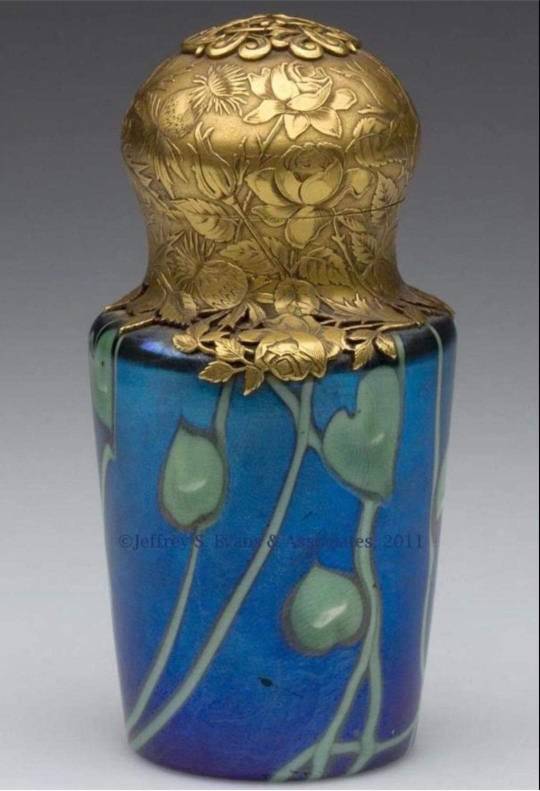
Favrile glass perfume bottle by Louis Comfort Tiffany. 1898 - 1900
54 notes
·
View notes
Text

MoMu - Fashion Museum Antwerp. Bélgica.
Summer dress in striped cotton, with silk satin ribbon detail.
1898/1900
37 notes
·
View notes
Text

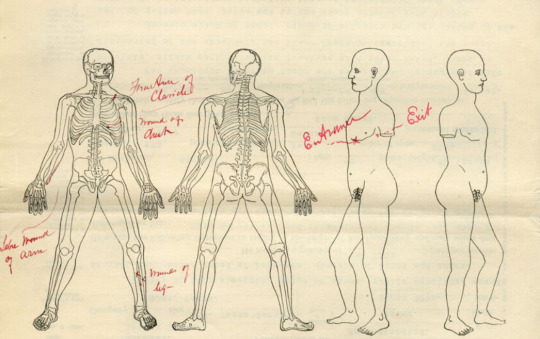
2nd Lieutenant Santos Cadena details the injuries he received in the American Civil War, the Mexican Reform War, and the Second Franco-Mexican War. Affidavit (5/4/1898) and diagram (3/28/1904) from his Civil War pension file.
Record Group 15: Records of the Department of Veterans Affairs
Series: Case Files of Approved Pension Applications of Widows and Other Dependents of the Army and Navy Who Served Mainly in the Civil War and the War With Spain
Image description: Four diagrams of a man, two showing the skeleton and two showing the outside of the body (without arms). Marked in red ink are “Fracture of Clavicle,” “Wound of Chest,” “Sabre Wound of Arm,” “Wounds of leg,” and entrance and exit of the chest wound.
Transcription:
GENERAL AFFIDAVIT.
STATE OF Texas, COUNTY OF Duval ss:
In the matter of Santos Cadena - late Co “B” 2nd Tex, Cavly Vols,
ON THIS 4th. day of May, A.D. 1898., personally appeared before me, a Notary Public in and for the aforesaid County and State, duly authorized to administer oaths Santos Cadena, aged 68 years, a resident of Rancho Salado, in the County of Starr and State of Texas, who, being duly sworn, declares in relation to aforesaid claim as follows:
I received a gunshot wound of the left nipple or chest in front of Matamoros in the year 1866 under the command of General Mariano Escobedo, of the Mexican Liberal Army,
I received a Gunshot wound in the left leg in year 1860 in a battle at Gunajuata Mexico, with General Jose Maria. J. Carabajal, of the Mexican Liberal Army,
I received a Saber cut of the left arm in the action of Sialo. West of Guanajuata Mexico, under command of General Carabajal of the Mexican Liberal army,
I had my collar bone broken in the service of the United States near La Trinidad Ranch in Nueces County Texas, in the year 1864 I was a second Lieutenant and was sent out by Colonel J L. Naynes, of the 2nd. Texas Cavalry Volunteers to get some horses for the command and in running the Horses to take them to the pens my horse fell and broke my collar bone, None of the foregoing wounds were caused by Viscious habits,
The Gunshot wound in left nipple, and the Gunshot wound in left leg and the saber cut in left arm were received by my while I was in the Mexican Army, in 1860 I was fighting for Mexico against the Reacitionary or Church party in Mexico, and in 1866 I was fighting against the Imperialists who had invaded my country, I am a Mexican by birth but am an American Citizen,
He further declares that he has [“no” crossed out] interest in said case and is [“not” crossed out] concerned in its prosecution. He being the applicant.
X [signed] Clemente Pompa
X [signed Imalio[?] Perez
His
Santos X Cadena
Mark
NOTE.- In the execution of evidence, whenever a witness signs by X mark, two persons WHO CAN WRITE, MUST attest the signature by signing their names opposite.
[circular stamp]
PENSION
US
OFFICE
MAY 9 1898
[end stamp]
[along left margin]
The foregoing was prepared for typewriting from the statements of the witness in his presence and from my oral statements then made, said oral statements were made to Jas. O. Luby, Notary Public Duval County Texas, at his office in San diego said County and State, May 4th. 1868. And did not use and was not aided or prompted by any printed statement or recital, prepared or dictated by any other per so
#archivesgov#May 4#1898#1800s#March 28#1904#1900s#military#U.S. Civil War#Guerra de Reforma#Segunda intervención francesa en México#injuries
27 notes
·
View notes
Text



Red Silk Ball Gown, 1898-1900, French.
Designed by House of Worth.
Met Museum.
#red#silk#1890s#1898#french#France#house of worth#19th century#womenswear#ball gown#met museum#extant garments#belle epoque#1899#1900#1890s france#evening#1890s evening#1890s dress
14 notes
·
View notes
Text


1898-1900 Summer dress in striped cotton, with silk satin ribbon
(Mode Museum Antwerpen)
5K notes
·
View notes
Text

Photos from the late 1800s - early 1900s
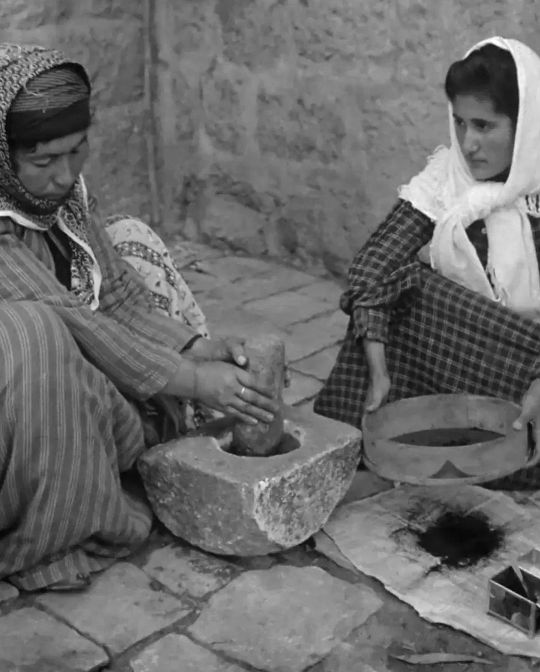

Palestinian women grinding coffee beans 1905.

Bedouin woman in Jerusalem circa 1898-1914.
Palestinian family of Ramallah, circa 1900-1910.

Shepherds in Palestine 1912.
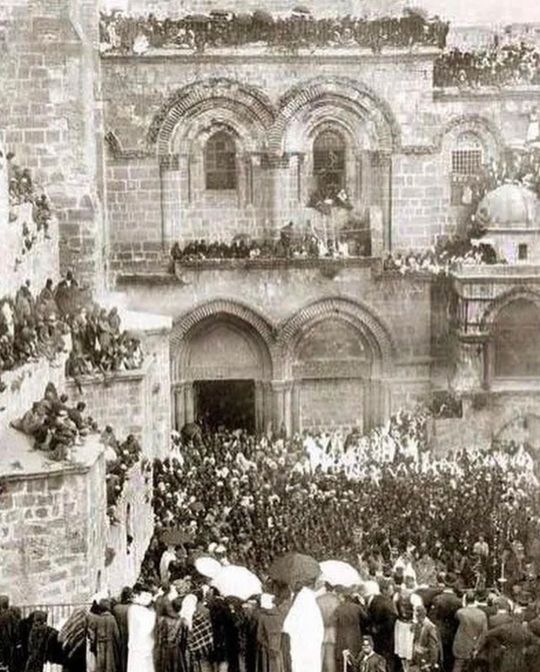
Church of the Holy Sepulchre festival, Palestine, 1890.
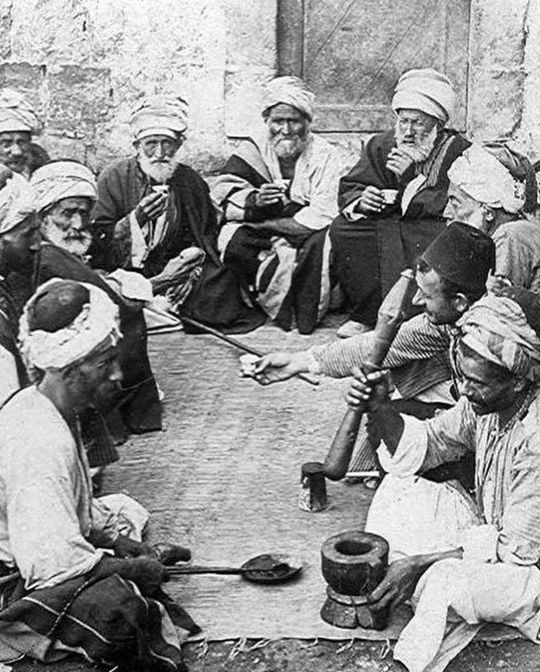
Coffee house in Palestine, circa 1900.
Friday prayer, al-Aqsa, Jerusalem, 1920.

4K notes
·
View notes
Text





• Evening dress.
Design House: House of Worth (French, 1858–1956)
Date: 1898–1900
Culture: French
Medium: Silk, cotton
#fashion history#history of fashion#dress#fashion#19th century fashion#19th century#19th century dress#early 20th century#1900's fashion#1900's dress#1900's#1898#1900
497 notes
·
View notes
Text
1 note
·
View note
Text


Evening Gown
c. 1898-1900
Musée des Arts Décoratifs
#gorgeoussss#1890s#1900s#Edwardian#edwardian era#fashion history#edwardian fashion#belle epoque#historical fashion#history of fashion#dress history#frostedmagnolias
1K notes
·
View notes
Text

"THE BATMOUSE WOMAN" Pendant by René Lalique, circa 1898 - 1900
84 notes
·
View notes
Text
1º fase: cuerpo de muselina 1890s
Sacar el patrón de la revista ha sido muy fácil, la verdad, está estructurado de la misma forma que las revistas de patronaje modernas (burda o patrones). Así que después decidir la prenda que me gustaba de los grabados, lo siguiente fue:
1- Ver el número de identificación del grabado (ej: 22) y leer la descripción de esta en la revista, donde consta el número del patrón en el anexo (ej: anexo VI).
2- Ir al anexo, buscar el número VI donde se describe las piezas del cuerpo (ej: 27 al 29) correlacionada cada una con una línea concreta (punteado, punto-linea...).
3- Leer la construcción del patrón donde hay referencias al tipo de tela o medidas exactas para ciertas partes.
Este cuerpo de muselina de 1890s esta formado por una pieza central posterior, una pieza delantera/lateral y la manga, mi problema fue en que no se especifica en la descripción de la revista como se cierra la blusa. Así que tocó hacer investigación sobre las diferentes formas de cierre a finales del siglo 19, viendo que normalmente todos los cierres se ocultan encima de una tapeta donde esta la decoración de la blusa (ver fotos).
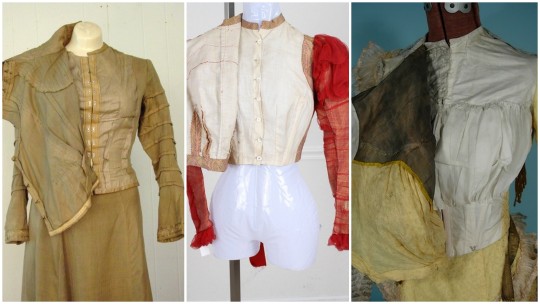
Fotos: 1) Traje victoriano antiguo para mujer (chaqueta y falda), 2) Corpiño de encaje con volantes rojos y 3) Vestido amarillo.
Por lo tanto, el número de piezas que necesitaba sacar en lino, cambiaba teniendo que duplicar la pieza anterior; "la tapeta" y la misma pieza para el cierre, teniendo en total 4 piezas de lino + las 3 piezas propias de muselina.
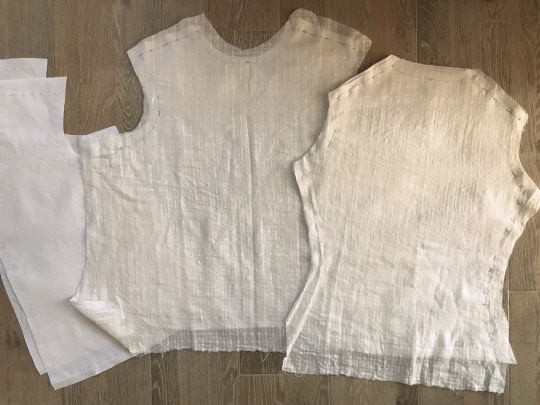
Izquierda: pieza de cierre con lino / central: "la tapeta" de lino y muselina / derecha: pieza posterior de lino y muselina.
#cuerpo muselina#1898s#1900s#historical costume#historical clothing#historical costuming#historical fashion#historical sewing#edwardian era#edwardian
19 notes
·
View notes
